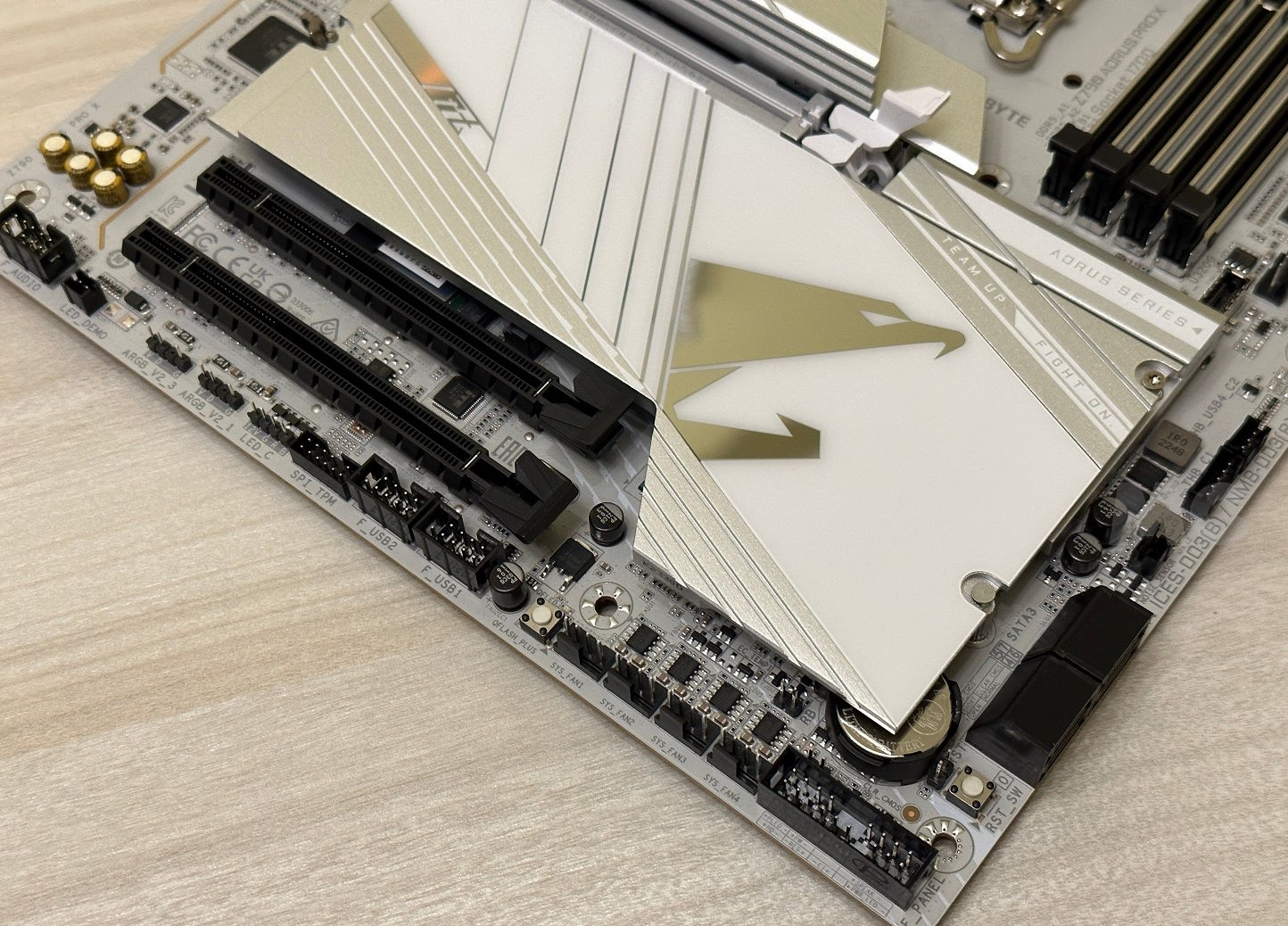What to do if your computer won’t start due to RAM failure
- November 24, 2023
- 0
With the transition to DDR5 type RAM We went through a very difficult period. which frankly reminds me a lot of what happened with DDR4 and the first
With the transition to DDR5 type RAM We went through a very difficult period. which frankly reminds me a lot of what happened with DDR4 and the first

With the transition to DDR5 type RAM We went through a very difficult period. which frankly reminds me a lot of what happened with DDR4 and the first two generations of AMD Ryzen processors. I remember when I analyzed the Ryzen 7 1800X and Ryzen 5 1600X I had more than one failure with the RAM, in addition to serious stability problems with the memories that were theoretically recommended, and I had no option but to manually tune the memories from the BIOS, as speed and latency. I finally managed to push the RAM to 2933 MHz.
That’s the point The debut of DDR5 RAM was not without problems, and these were made with both Intel processors and AMD models. To be honest, I’ve had more problems with AMD, although thankfully none as severe as the first generations and eventually I always managed to get my memory working either way.
Recently I was able to verify that the problems with DDR5 RAM are still valid and that even on modern platforms it is still quite common to encounter errors at the compatibility level, even when everything seems to be fine and suddenly, When we went to turn on the PC the next day, we suddenly got a memory related error code, such as “0d” or “15”. If this happens to you, don’t worry, chances are nothing is broken and you can fix it in a matter of minutes.

I recently had this problem with my new computer, a high end, state of the art computer that worked perfectly from day one. It worked wonderfully the night before and the next morning stuck in code “15”. Fortunately, I knew what to do and was able to solve it in a few minutes, but I know that many inexperienced readers can lead to a dead end, so I wanted to put this article in a form where I explain what to do.
Don’t panic, the first thing you need to do is restart your PC because it could have been a simple startup error and could be solved this way. You can also try unplugging the computer for a few minutes.
If the above does not work, turn off the computer’s power, open the case and Leave only one memory card connected in slot 4. Reconnect the computer and see if it starts up. If it works, you’ll see a message saying there was a startup problem and you’ll be given the option to load or enter BIOS defaults. Load the boot values, go into Windows, go to the motherboard manufacturer’s website and update the BIOS to the latest non-beta version.
Once the BIOS is updated, Unplug the computer and install the other RAM modules and turn it back on. Everything should work and you should be able to enter the BIOS. Select the Intel XMP or AMD EXPO profile, as needed, and that’s it, everything should work without a problem. If not, it’s very likely that the frequency, latency, or both of the Intel XMP or AMD EXPO profile values are too aggressive and causing you stability issues. In such a case, it is ideal to configure the frequency and/or latency value slightly lower than this maximum.

On the right we see the CMOS stack.
Your computer may still show a memory error even if only one key is installed. If you find yourself in this situation, nothing happens, you have to reset the CMOS to reset the motherboard to factory settings and stop using any overclocking profiles that might be causing this problem. To do this, just disconnect the PC from the power supply, open the chassis, remove the CMOS battery (a coin-cell battery located on the motherboard) and wait a few minutes. To remove the battery, you have to pull back on the small retaining tab.
Now put the battery back and turn on the computer. It should boot and display the same BIOS error message, allowing you to load or enter default values. Repeat the procedure that I told you to start Windows and do everything necessary to update your motherboard’s BIOS. Then go into the BIOS and load the Intel XMP or AMD EXPO profile. If problems occur again, manually configure a slightly lower speed and/or latency value.

You can also use DDR5 RAM memory default minimum speed which is 4800 MHz. You won’t have any stability issues at this level, but you’ll lose a lot of performance, so this should be your last resort if you need to use your computer no matter what. Remember that too if you occupy all four slots With a motherboard limited to dual channel, it is very likely that you will have to reduce maximum speed memory to avoid stability issues.
In case none of the above works RAM failure can be caused by it being faulty.and in this case you should request a product exchange or refund. If it runs at 4800 MHz but none of the above allows you to use the Intel XMP or AMD EXPO profile, maybe the kit you’ve chosen doesn’t work well with your motherboard. In this case, it is advisable to look at the list of kits compatible with our motherboard and change it to kit that is listed.
Source: Muy Computer
Donald Salinas is an experienced automobile journalist and writer for Div Bracket. He brings his readers the latest news and developments from the world of automobiles, offering a unique and knowledgeable perspective on the latest trends and innovations in the automotive industry.